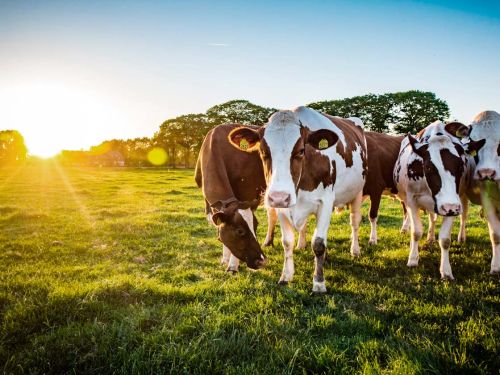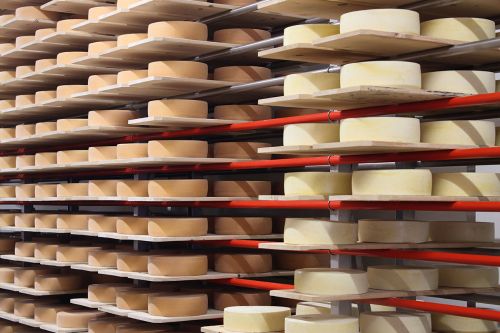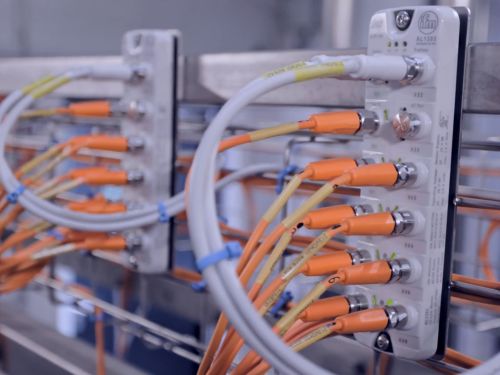
Automated dairy systems: enhancing dairy processing
Imagine a dairy farm that's not just more efficient, but also more profitable and humane. Automated dairy systems offer the exact solutions for the challenges every farmer faces, from improving milk quality to optimizing cow health.
Thanks to Artificial Intelligence and Industrial Internet of Things (IIoT) technology, automated dairy systems are creating a smarter, more efficient dairy industry for operations of all sizes. From improving efficiency with scarcer labor resources and reducing manual inefficiencies to improved process control, animal health monitoring, and more informed, data-driven decisions.
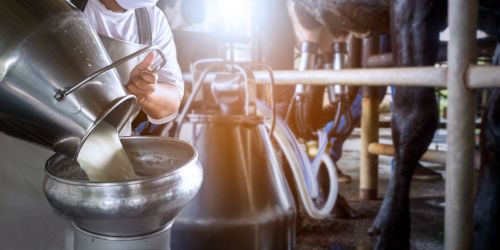
Increase product quality
Precision instrumentation improves process control for enhanced food quality and safety. New technologies improve animal welfare and supply chain traceability.
Increase machine availability
With more real-time data, improvements are made immediately, helping to reduce both planned and unplanned stops.
Meet sustainability targets
Reducing waste and inefficiency during production helps dairies meet sustainability goals.
Improved process control
Precision instrumentation ensures tighter control over process parameters during all steps of production. Small deviations in temperature can result in unsafe food quality of dairy products. This makes consistency and reliability of sensor values essential throughout dairy processing. Smart process sensors from ifm provide:
- Increased accuracy with digital values over IO-Link
- Increased sensor life due to extreme testing & design
- Product design to meet the enhanced sanitary needs of dairy products
The higher resolution of a digital signal via IO-Link compared to traditional analog outputs results in consistently higher quality dairy products. Connected sensors provide real time information during batch production, ensuring consistent conditions during each process step. This results in batch-to-batch uniformity and premium-quality products that build consumer trust.
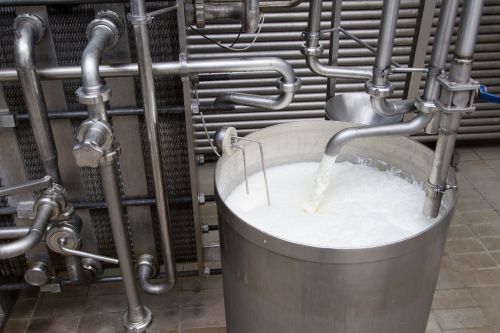
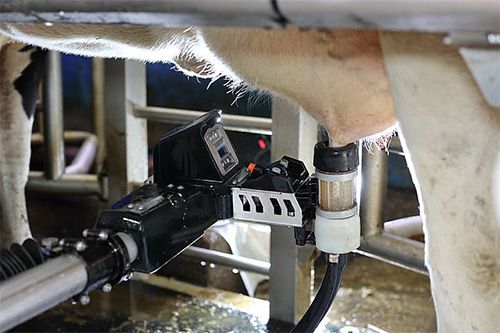
Automated milking system
Robotic milking systems can operate around-the-clock, allowing them to milk cows when the animals need it. The automated milking systems are equipped to spray disinfectant and attach the milking mechanisms gently, in order to reduce stress on the cows and help them to stay calm. Milking on-demand instead of predetermined time intervals helps increase the comfort and health of the animal, while also optimizing milk production. All of these factors improve cow health overall. Robotic milking is just one example of what an automated dairy system can do to enhance animal welfare on a dairy farm.
Improved traceability for food safety
Automated systems can help you implement traceability protocols that enhance recall readiness. Easily maintain and store records to track:
- Raw ingredients
- Dairy in production
- Finished goods throughout packaging and shipping
Increased data from connected pasteurization and homogenization equipment tracks process parameters for the entire cycle duration of each batch. You can use the IIoT port of the IO-Link master to send machine data to ERP software for recordkeeping and analysis. Connected machines increase confidence that these processing steps have eliminated harmful pathogens while preserving the milk's nutritional value. Scanning and recording bar codes for serialization ensures lot traceability of dairy products at the final stages of production. Explore affordable barcode solutions with OCR over IO-Link below.
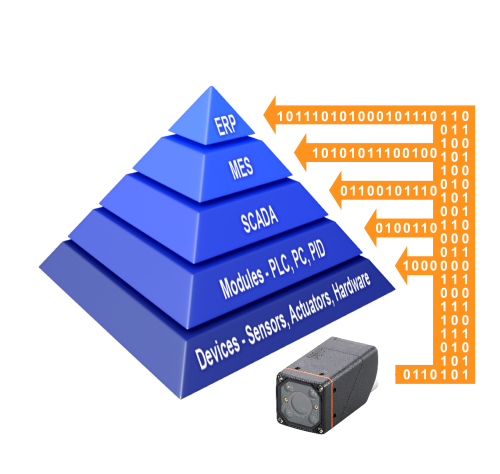
Reduce planned downtime
The ifm sanitary product portfolio reduces planned downtime in significant ways. These include reducing:
- Changeover time due to easier integration
- Cycle times of clean-in-place equipment
- Time-based calibration costs
With more intuitive product design, ifm products reduce setup and integration time. Even when integrating new technologies, customers can setup and parameterize sensors in minutes instead of hours or days. This helps to reduce line changeovers and other planned stops.
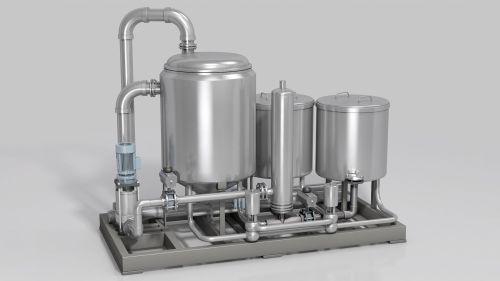
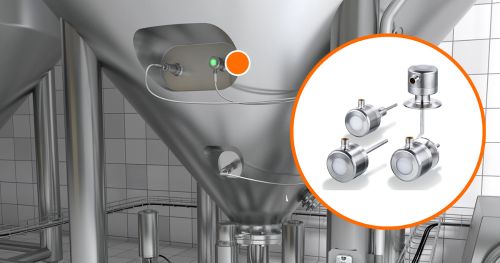
Reduce unplanned downtime
Sensor design is important for guarding against the most common causes of instrument failures in the food and beverage industry. These include:
- Moisture ingress
- Sensor drift
- Corrosion from caustic chemicals
Developed to deliver a high degree of accuracy for millions of cycles, ifm sanitary process sensors are designed and tested to withstand the high temperatures and caustic chemicals of washdown cycles in the dairy industry.
Optimize resource consumption
Reducing waste to control and reduce energy costs can help dairy facilities reduce their total carbon emissions. Automated monitoring can help track and reduce wasted:
- Water consumption
- Energy consumption
- Animal feed
Automated feeding systems tailor nutrition to each cow, positively impacting milk yield and overall cow health. This also optimizes resources and reduces environmental impact without sacrificing animal welfare standards. Reducing energy and water consumption by identifying and reducing waste helps provide immediate successes when trying to meet sustainability initiatives.
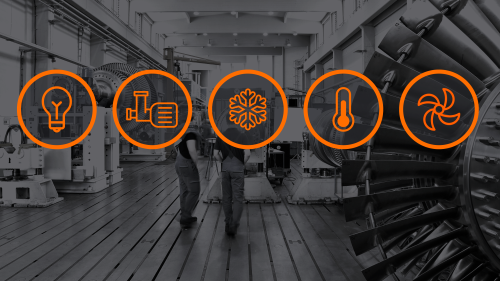
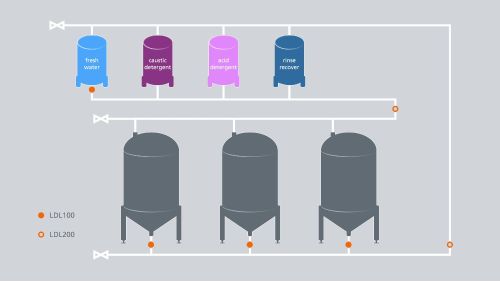
Reduce CIP cycle time
Clean-in-place processes are important to maintaining food safety and quality from batch to batch. Oftentimes, dairy processing facilities will run longer cycles as a form of redundancy to ensure equipment is cleaned sufficiently. By working with ifm, dairies have been able to move from a time-based interval system to an instrument-based interval system, cutting down cycle time and saving millions of gallons of water per year. All without sacrificing quality.
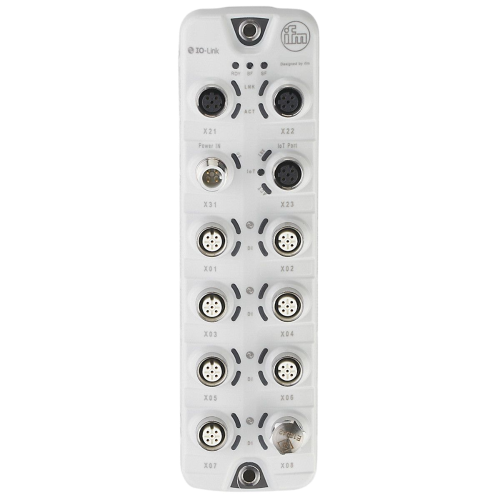
IO-Link provides a flexible communication protocol for connecting smart sensors. As part of an open consortium, it is technology agnostic. The purely digital signal provides more accurate resolution compared to traditional analog technology.

Temperature sensors provide real-time monitoring of the media. Designed to withstand caustic cleaning solutions and washdown, they are rigorously tested to prevent moisture ingress and other common causes of sensor failures.
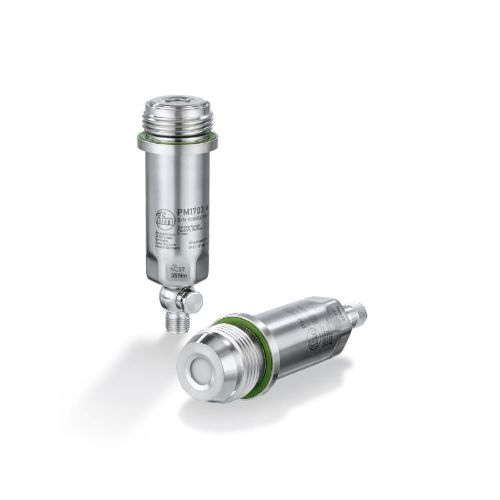
Pressure sensors or level sensors provide high degrees of accuracy and reliability for optimal machine design. Designed to withstand caustic cleaning solutions and washdown, they are rigorously tested to prevent moisture ingress and other common causes of sensor failures.
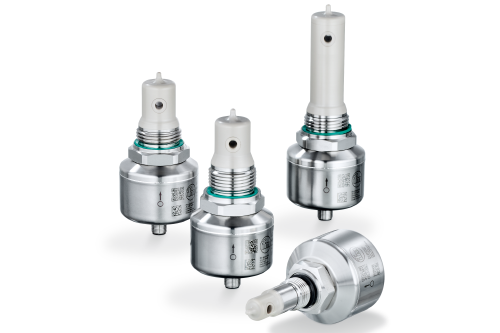
Conductivity sensors provide real-time measurements that allow you to monitor skid health in a variety of applications. The price performance ratio allows you to implement multiple data points on a machine for increased insight into processes.
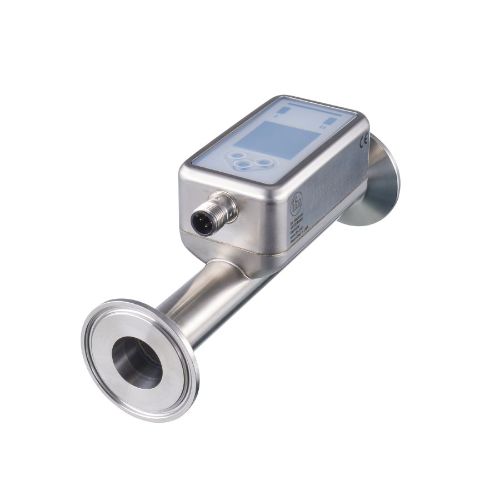
Flow sensors are critical for monitoring flow rate, totalizing functionality, and media temperature in real time. Receive all of these process values from one sensor over IO-Link for real-time monitoring of your batch during production.
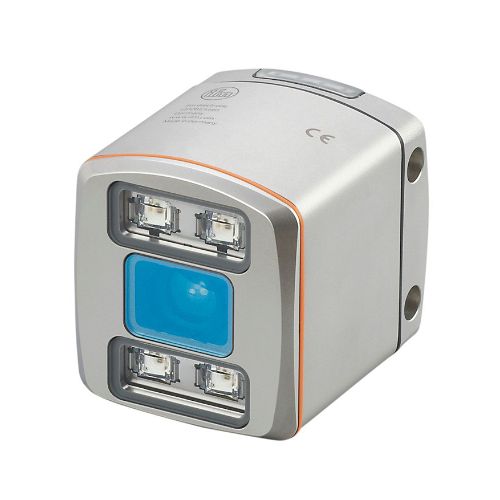
3D Sensors for sanitary environments can perform tasks like feeding and cleaning along with automated milking systems.
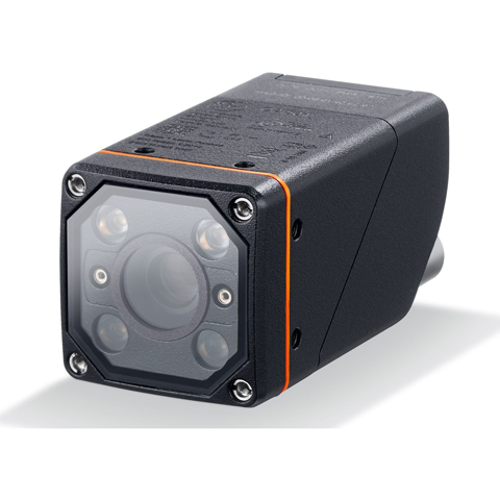
Codereaders can identify date codes, barcodes, and other important marks, using OCR technology and transmit the data over IO-Link. This allows for identification and removal of affected products in the case of a quality issue or safety concern.
Preparing for the future of dairy automation
In the dairy industry, leveraging smarter process control solutions helps to improve quality control and optimize downtime to enhance operational efficiency. Integration of IIoT solutions can enable real-time monitoring of dairy operations, ensuring optimal conditions for final product quality and optimal equipment performance.
To thrive in the future, dairy manufacturers should invest in technology that prioritizes flexibility and helps achieve improved quality, safety, and sustainability. Increase product quality and optimize operational efficiency with IIoT solutions for automated dairy systems.
